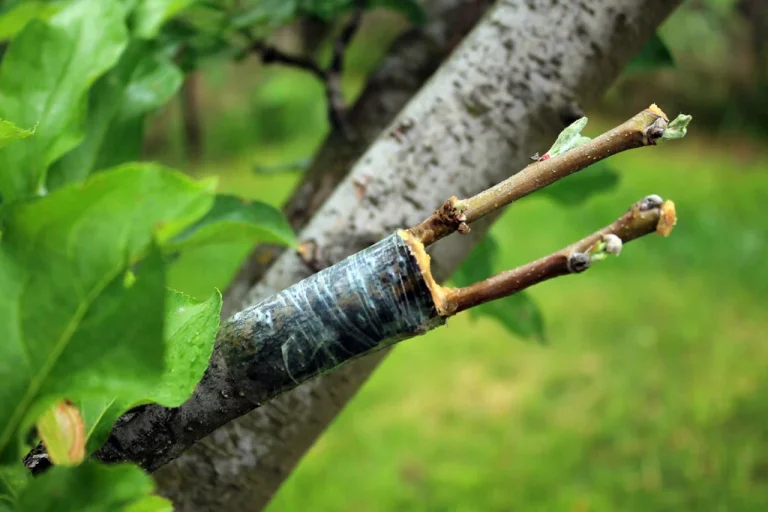
Understanding Grafting: An Ancient Technique
Plant grafting techniques involve fusing two or more plants together. This process merges the rootstock of one plant with the scion, which is the young shoot or twig of another. According to the University of Missouri, these techniques can fend off diseases, create stronger plants, and improve crop yield.
Interestingly, the ancient method of plant grafting inspired early skin grafting techniques for medical procedures. Cultural historian Paul Craddock noted in a recent BBC interview that surgical grafts were first described outside ancient India as the “agriculture of the body” and “the farming of men.”
A Potted History of Grafting
This technique has been around for thousands of years. In fact, scientists believe grafting techniques were used in China before 2000 BC. Moreover, French wine growers applied the process in the mid-1800s to combat a pest infestation. They merged local vines with bug-resistant North American roots to stem the damage caused by Phylloxera Vitifoliae, as reported by the Smithsonian.
How is it Being Used Today?
Today, grafting techniques are saving various crops, such as bananas, from disease. A recent upsurge in a fungal strain called Tropical Race 4, known as the “banana pandemic,” threatens the world’s most popular fruit. Fernando García-Bastidas, a plant health researcher, explained to the BBC that bananas are crucial. They serve as a major staple food for millions of consumers, and the current TR4 pandemic could severely impact food security.
Previously, scientists believed grafting didn’t work with monocot plants (those with a single seed leaf). However, recent breakthroughs from the University of Cambridge have changed this viewpoint. Professor Julian Hibberd, head of the department’s Molecular Physiology Group, stated, “At the moment, there’s a disease that infects banana roots. If we could graft disease-resistant roots onto bananas, that would be a potential solution.”
Grafting for Endangered Species
Furthermore, grafting is being used to resurrect endangered varieties of mango trees in India. In Kannapuram, Kerala, villagers have cultivated over 200 indigenous mango species. They are using grafting to protect species at risk of extinction. As a result, the Kerala State Biodiversity Board named the village an “Indigenous Mango Heritage Area” in 2020.
In another example, Kaleem Ullah Khan, informally known as the “mango man,” succeeded in grafting 315 varieties of mango onto a single tree.
Other Grafted Plants
Additionally, one university professor created a single tree that produces 40 different stone fruits. This includes peaches, apricots, plums, cherries, and nectarines, according to CNN. Moreover, many apple varieties we consume are cultivated hybrids. Braeburns, Galas, Pink Ladies, and Honeycrisps are just a few examples of apples resulting from grafted trees, as explained by Insider.


